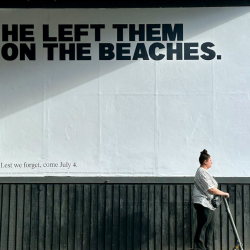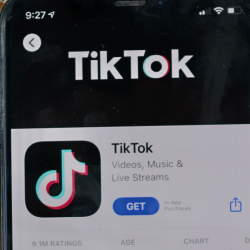Brand values and brand books are beautiful things
Life only gets difficult when real people turn up for work. Check out British Gas’ list of values. The first is Care. And we’ve seen how that’s going.

Instead of focusing on communicating idealistic values, isn’t it time for marketing to start signalling empathy with the customer? Marketing has tried it before. If you believe Daniel Goleman’s work, empathy 1.0 in marketing was centred on Cognitive Empathy: a brand signalling it can understand another person’s perspective. Sometimes a big corporation’s attempt at empathy was crass.
But when it did work, it was because we’d recently grown tired of the patriarchal stance of those big corporations. Virgin Atlantic was good at this.
And now? As a recent New York Times article points out, when talking about how the language of therapy is taking over bios on dating apps, people today see themselves as a complex multitude. If brands try to simplify us, cognitive empathy appears trite.
Back to Dan Goleman’s work, pointing out the two other types of empathy. Emotional Empathy is signalling ‘I get your pain’ (think of Tony Blair’s brand and ‘standing shoulder to shoulder’). Conversion copywriters rely on this, mirroring the dominant topics and feelings from online reviews and customer satisfaction surveys in their brand copy. The pitfall here is that broadly speaking, there are only one or two major themes in any group of customers’ reviews, and if everyone is relying on emotional empathy to create a voice and positioning, everyone sounds the same. Brands become undifferentiated, forced into spending more on winning attention, discounting their offer or paying people to switch to them.
The final type of empathy is more promising. Empathic Action is where the brand goes beyond signalling that it shares the customer’s feelings. Empathic action means that the brand shows how it’s moved to help however it can.
Take a look at Revolut’s tone of voice and positioning.

It might seem simplistic at first, but it’s highly empathetic. It goes beyond features. Instead, it’s benefits-forward and those benefits are action-oriented. Revolut seems highly empathetic because it talks about what the brand and product will do.
What to remember?
Know which of the 3 types of empathy will work best in your market
Cognitive empathy can still work for a ‘people’s hero’ brand in a market dominated by one big bad player. Emotional empathy’s “We feel your pain” will work better in some industry spaces (personal care) than others (banking). New brands shaking up an out of date industry can adopt a brand voice that signals empathic action.
And what to be aware of?
Curb your empathy
I read this recent article in MIT Technology Review on how it was designers with a heart full of empathy, rather than a brain full of expertise, that drove ‘design thinking’ to its peak ten years ago. It’s just that sometimes, those designers didn’t realise you can take your hunger for insight and empathy too far. As the title of an article highlighted in MIT’s Tech Review side bar showed.
Featured image: Anastasia Shuraeva / Pexels






























